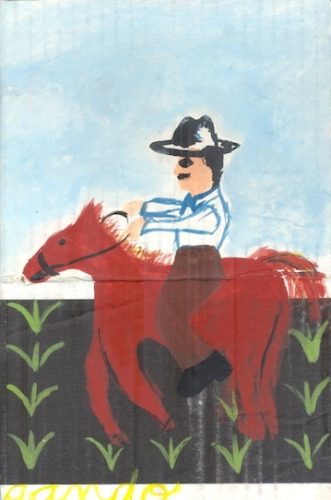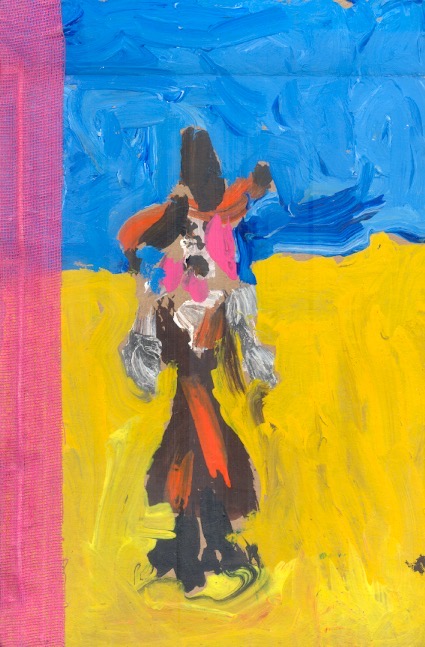The Monument to the Bicentennial of National Independence in Mexico is better known as the “Estela de Luz” because, at night, it lights up and becomes part of the city’s landscape, thanks to its impressive height of 104 meters and 6 meters wide. Located on Paseo de la Reforma, it’s colloquially known as the “suavicrema” due to its pale yellow color and shape, reminiscent of Suavicrema cookies. At its base is the Digital Culture Center (CCD). The CCD has been a community space inviting reflection and hosting independent cultural projects for over thirteen years.
The CCD offers a diverse cultural program that includes immersive concerts, art and audiovisual exhibitions, workshops for all ages, film screenings, and recreational activities like the Festival Sol Quieto, which is held on Saturday, July 20th. This event aimed to bridge music, poetry, and video, featuring an independent book fair, video poetry screenings, an open mic for sharing poetry, and performances by artists Hospital de México, Sebastián Rojas, and Grito Exclamación.
The turnout was surprising, sometimes making the expansive CCD space feel too small for the enthusiastic crowd. Unlike typical literature and book events where attendees range from teenagers to seniors, this festival primarily attracted young adults in their 20s and 30s, often accompanied by friends. This demographic set the tone for the open mic, which featured voices of protest, social critique, and self-reflection from a young perspective. Not only did the young attendees fill the venue, but they also brought the event to life.
Elefanta, Miau Ediciones, U-Tópicas, Palíndroma, and Saca La Lengua Fanzine were among the editorial offerings. The event predominantly featured poetry, but there were also general literature titles and various fanzines. Highlights included books from Eloisa Cartonera, echoing the style of La Cartonera press, the award-winning poetry collection Retrato de un gusano blanco by Sayuri Sánchez, and the reflective stories of life’s fragility in Las cicadas by Yael Weiss.
The event’s pinnacle was the open mic, where unpublished writers could share their work. The anonymity allowed the reading of bold pieces like “These are the love stories we tell as children of the narco-state,” protesting societal violence without fear of retribution. Listening to these young poets prompts reflection on shared experiences living in this city at this historical moment, makes us curious about their influences, and underscores the importance of maintaining spaces for sharing music and poetry.
Inkitt: BbyKevs
Wattpad: @SugoiKevs
TikTok: @bbykevs








